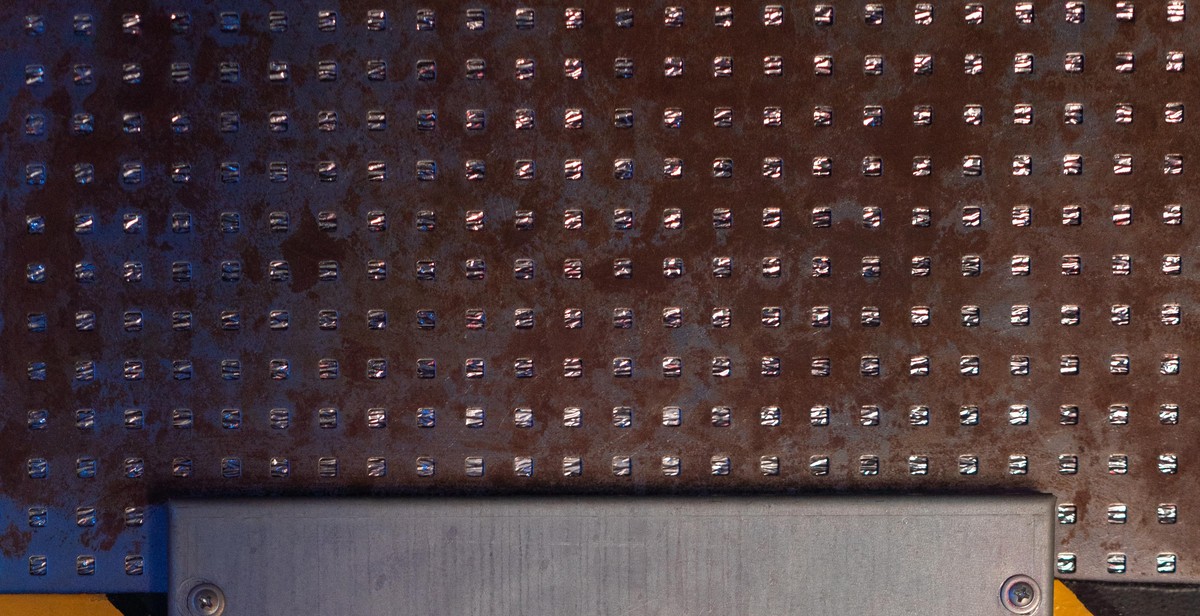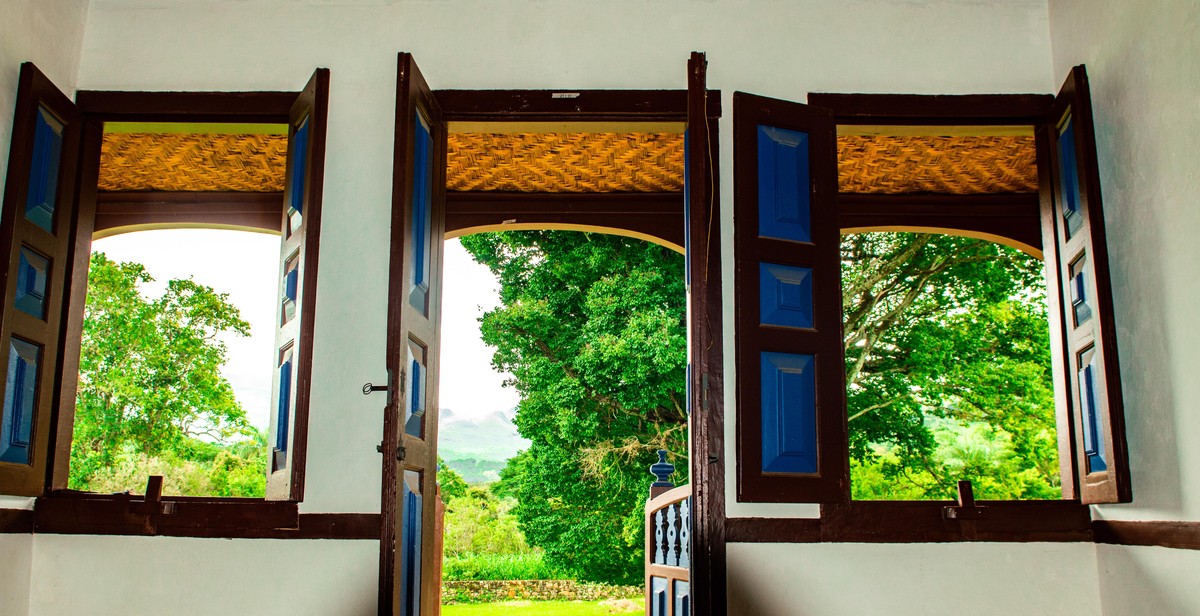How to Choose the Right Indoor Tree for Your Apartment: Low-light and Space-friendly Varieties
Indoor trees are an excellent way to bring a touch of nature into your apartment, but choosing the right one can be a daunting task. Not all trees thrive indoors, and some require more space and light than you can provide. In this article, we will guide you through the process of selecting an indoor tree that will flourish in low-light conditions and won’t take up too much space.
Factors to Consider
Before choosing an indoor tree, there are several factors to consider:
- Light: Most indoor trees require bright, indirect light. However, some varieties can tolerate low-light conditions, making them ideal for apartments with limited natural light.
- Size: Trees come in all shapes and sizes, so it’s essential to choose one that fits your space. Some trees can grow up to 10 feet tall, while others stay small and compact.
- Care: Some trees require more maintenance than others. If you’re new to plant care, it’s best to choose a low-maintenance tree that’s easy to care for.
Low-Light Indoor Trees
Here are some low-light indoor trees that are perfect for apartments:
| Tree Name | Light Requirements | Size |
|---|---|---|
| Snake Plant | Low to Bright Indirect Light | Small to Medium |
| ZZ Plant | Low to Bright Indirect Light | Small to Medium |
| Parlor Palm | Low to Medium Indirect Light | Small to Medium |
By considering these factors and choosing a low-light indoor tree, you can enjoy the beauty and benefits of a plant-filled home without sacrificing space or natural light.

Benefits of Having Indoor Trees
Having indoor trees in your apartment comes with several benefits that go beyond just the aesthetic appeal. Let’s take a look at some of these benefits:
Air Purification
Indoor trees are natural air purifiers that can help to remove harmful pollutants from the air, such as formaldehyde, benzene, and trichloroethylene. These pollutants are commonly found in household items such as carpets, furniture, and cleaning products, and can cause health problems such as headaches, dizziness, and eye irritation.
Indoor trees absorb these pollutants through their leaves and roots, and convert them into oxygen, helping to improve the air quality in your apartment. Some of the best indoor trees for air purification include the snake plant, spider plant, and peace lily.
Aesthetic Appeal
Indoor trees can also add a touch of nature and beauty to your apartment. They come in different shapes and sizes, and can be used to create a focal point in any room. Indoor trees can also be used to complement your interior décor, creating a warm and inviting atmosphere.
Some of the best indoor trees for aesthetic appeal include the fiddle leaf fig, rubber plant, and bird of paradise.
Stress Reduction
Research has shown that indoor plants, including trees, can help to reduce stress levels and improve overall well-being. Being surrounded by nature can have a calming effect on the mind and body, helping to reduce anxiety and promote relaxation.
Indoor trees can also help to create a sense of tranquility and improve the acoustics in your apartment, making it a more peaceful and enjoyable living space.
In conclusion, having indoor trees in your apartment can bring a range of benefits, from air purification to stress reduction. By choosing the right indoor tree for your space, you can create a healthier, more beautiful, and more comfortable living environment.

Factors to Consider When Choosing an Indoor Tree
Indoor trees are a great way to add a touch of nature to your apartment. Not only do they look beautiful, but they also offer a range of benefits, such as purifying the air and reducing stress levels. However, choosing the right indoor tree can be a daunting task. Here are some factors to consider:
1. Lighting Conditions
Lighting conditions are one of the most important factors to consider when choosing an indoor tree. Some trees require bright, direct sunlight, while others can thrive in low-light conditions. It’s important to assess the lighting conditions in your apartment before selecting a tree. If your apartment receives a lot of natural light, you can choose a tree that requires bright, direct sunlight. However, if your apartment has limited natural light, you may want to consider a tree that can thrive in low-light conditions.
2. Space Availability
Another important factor to consider when choosing an indoor tree is space availability. Trees come in a variety of shapes and sizes, so it’s important to choose one that fits your space. If you have limited space, you can choose a tree that grows tall and narrow, such as a snake plant or a fiddle leaf fig. On the other hand, if you have ample space, you can choose a tree that has a wide canopy, such as a rubber tree or a weeping fig.
3. Maintenance Requirements
Maintenance requirements are also an important factor to consider when choosing an indoor tree. Some trees require more maintenance than others, such as frequent watering and pruning. If you don’t have a lot of time to devote to tree maintenance, you may want to choose a low-maintenance tree, such as a succulent or a cactus. However, if you enjoy caring for plants, you can choose a tree that requires more attention, such as a peace lily or a spider plant.
| Factor | Consideration |
|---|---|
| Lighting Conditions | Bright, direct sunlight or low-light conditions? |
| Space Availability | Tall and narrow or wide canopy? |
| Maintenance Requirements | Low-maintenance or high-maintenance? |

Low-light Indoor Trees
If your apartment doesn’t get a lot of natural light, don’t worry! There are still plenty of options for low-light indoor trees that will thrive in your space. Here are three great choices:
ZZ Plant
The ZZ plant (Zamioculcas zamiifolia) is a low-maintenance indoor tree that can tolerate low light conditions. Its shiny, dark green leaves can brighten up any room, and it’s also a great air purifier. ZZ plants are native to Africa and can grow up to three feet tall. They prefer well-draining soil and only need to be watered when the soil is completely dry.
Snake Plant
The snake plant (Sansevieria trifasciata) is another great low-light indoor tree. Its long, upright leaves come in a variety of shades and patterns, and it can grow up to four feet tall. Snake plants are also known for their air-purifying abilities, as they can remove toxins like formaldehyde and benzene from the air. They prefer well-draining soil and only need to be watered when the soil is completely dry.
Pothos
The pothos (Epipremnum aureum) is a classic indoor tree that can thrive in low light conditions. Its heart-shaped leaves come in various shades of green and yellow, and it can grow up to ten feet long if given enough space to climb. Pothos plants are also great air purifiers and can remove toxins like formaldehyde and benzene from the air. They prefer well-draining soil and only need to be watered when the soil is completely dry.
Overall, these low-light indoor trees are great options for apartment dwellers who want to add some greenery to their space. Just remember to choose a pot that allows for proper drainage and to avoid over-watering your plants.

Space-friendly Indoor Trees
If you’re living in an apartment or a small house, you might think that indoor trees are not for you. However, there are several space-friendly indoor trees that can fit perfectly in your small space. Here are some of the best options:
Ficus Bonsai
The Ficus Bonsai is a miniature version of the Ficus tree, and it’s perfect for small spaces. It’s a slow-growing tree that can be grown in a pot, and it can be pruned to maintain its shape. The Ficus Bonsai requires bright, indirect light and regular watering. It’s a great addition to any room, as it adds a touch of nature and elegance.
Dracaena Marginata
The Dracaena Marginata, also known as the Dragon Tree, is a tall, slender tree that can fit in small spaces. It’s a low-maintenance plant that can survive in low-light conditions and can be grown in a pot. The Dracaena Marginata requires occasional watering and can be pruned to maintain its shape. It’s a great option for those who want a tree that doesn’t require much attention.
Norfolk Island Pine
The Norfolk Island Pine is a beautiful tree that can fit in small spaces. It’s a slow-growing tree that can be grown in a pot, and it can be pruned to maintain its shape. The Norfolk Island Pine requires bright, indirect light and regular watering. It’s a great addition to any room, as it adds a touch of nature and elegance. It’s also a great option for those who want a tree that can be decorated during the holiday season.
| Tree | Light Requirement | Watering | Maintenance |
|---|---|---|---|
| Ficus Bonsai | Bright, indirect light | Regular watering | Pruning to maintain shape |
| Dracaena Marginata | Low-light | Occasional watering | Pruning to maintain shape |
| Norfolk Island Pine | Bright, indirect light | Regular watering | Pruning to maintain shape |

Conclusion
Choosing the right indoor tree for your apartment can be a challenging task, but it doesn’t have to be. With these low-light and space-friendly varieties, you can easily bring the beauty of nature into your home without sacrificing too much space or sunlight.
The key to choosing the right indoor tree is to consider your space, lighting, and care requirements. Some indoor trees require more attention than others, so it’s important to choose one that fits your lifestyle and schedule.
Remember to also consider the benefits of indoor trees, such as their air-purifying qualities and ability to reduce stress and improve mood. With the right indoor tree, you can create a peaceful and relaxing environment in your home.
Whether you choose a classic Fiddle Leaf Fig or a unique Ponytail Palm, there’s an indoor tree out there that’s perfect for your apartment. So, go ahead and add some greenery to your space and enjoy all the benefits that come with it.
| Pros | Cons |
|
|
Overall, indoor trees are a great addition to any apartment and can provide numerous benefits. With a little research and consideration, you can find the perfect indoor tree for your space and enjoy all the beauty and benefits that come with it.
